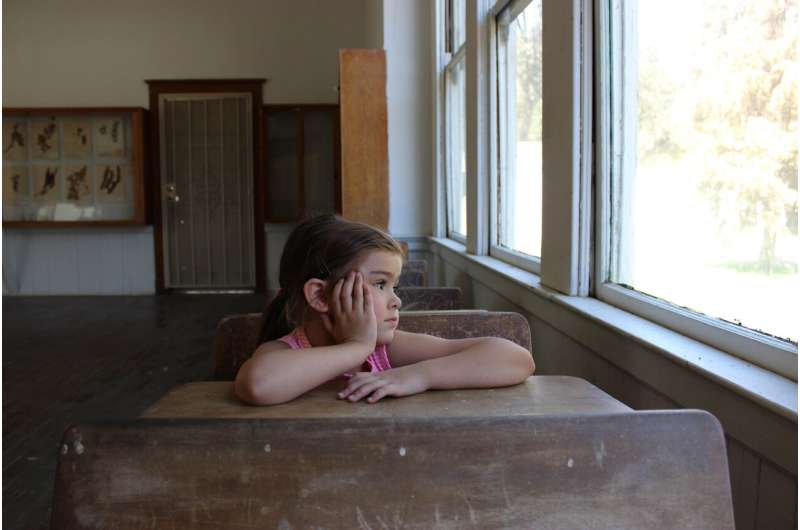Is classroom inclusion or segregation best for children with special needs?

The question of whether to place children with special needs in grades K–12 into inclusive educational settings or into segregated classrooms is a persistent one among education researchers and policymakers. Results from an analysis published in the Campbell Systematic Reviews suggest that, in general, inclusion neither increases nor decreases learning and psychosocial adjustment of children with special needs.
The analysis of 15 studies from 9 countries included children with multiple types of disabilities such as learning disorders/intellectual disabilities, autism spectrum disorders, ADHD, physical handicaps, visual impairments, and Down syndrome.
The findings point to the importance of individual assessments of the specific child's educational and psychosocial needs.
"It is time to realize that when it comes to educational placement of children with special needs, one size doesn't fit all and not all special needs children benefit from inclusive education," said corresponding author Nina Thorup Dalgaard, Ph.D., of Vive, the Danish Center for Social Science Research.
More information: One size does not fit all—inconsistent effects of inclusion on learning and psychosocial adjustment of children with special needs, Campbell Systematic Reviews (2022). DOI: 10.1002/cl2.1291
Provided by Wiley





















